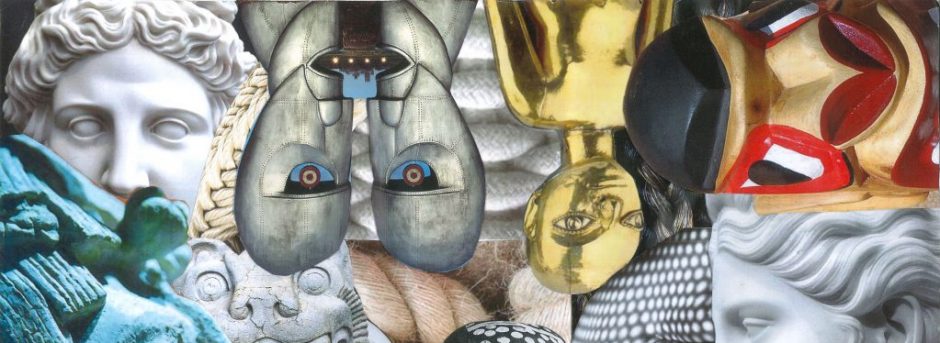Protected: Reflective Blog Post 4 – Hardie, K. (2015) ‘Innovative pedagogies series: Wow: The power of objects in object-based learning and teaching’
This entry was posted in Theories, Policies and Practices and tagged TPP Blog Posts. Bookmark the permalink.

This post is password protected. Enter the password to view any comments.